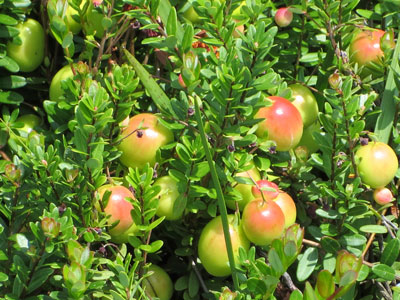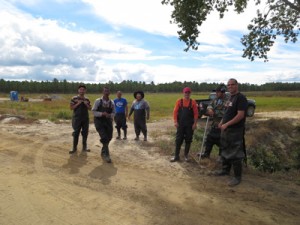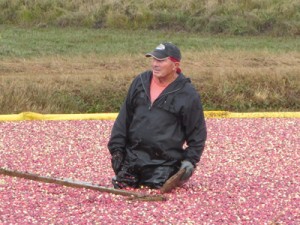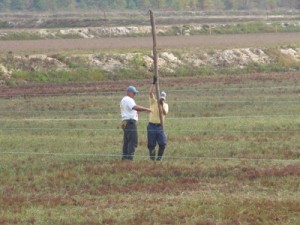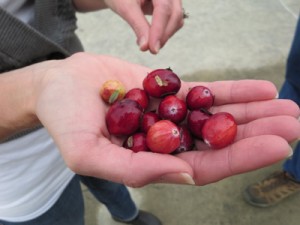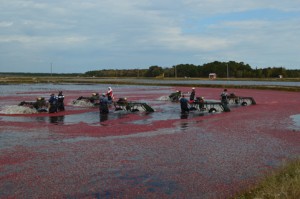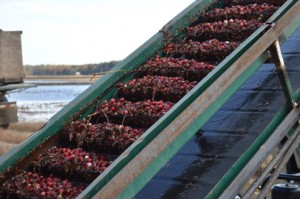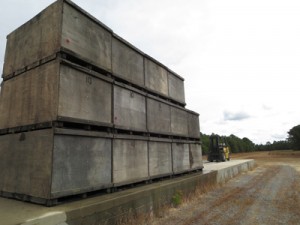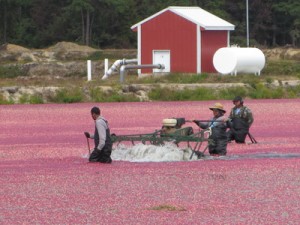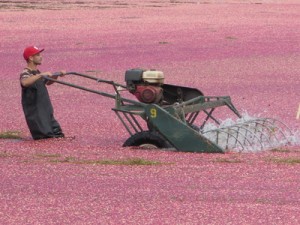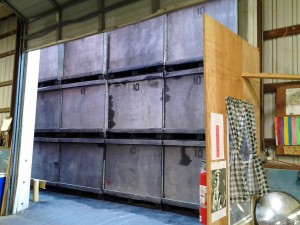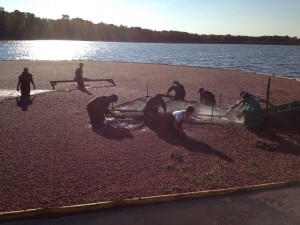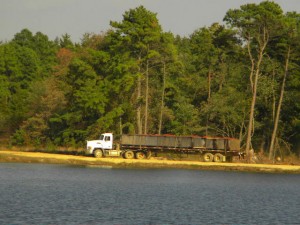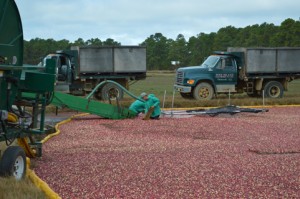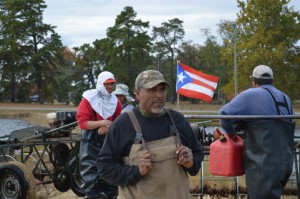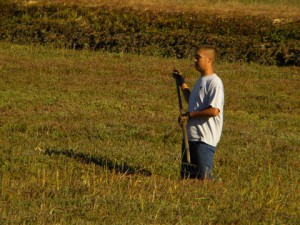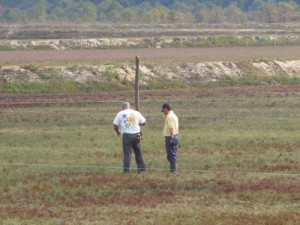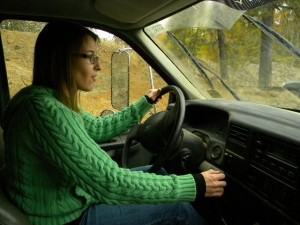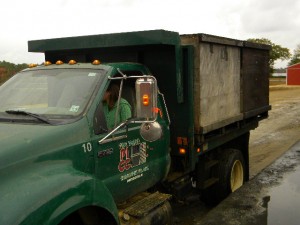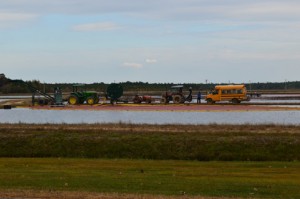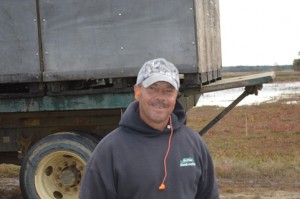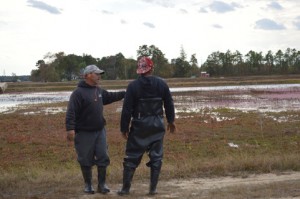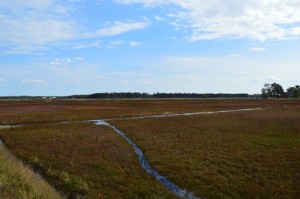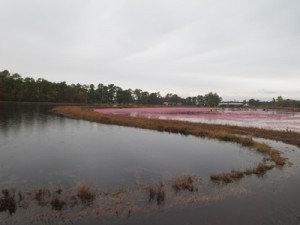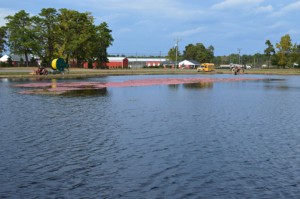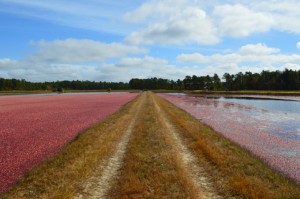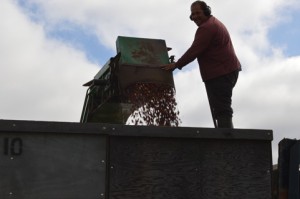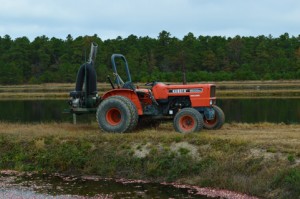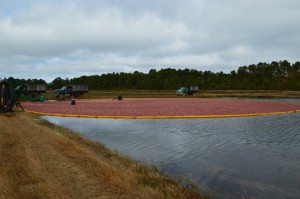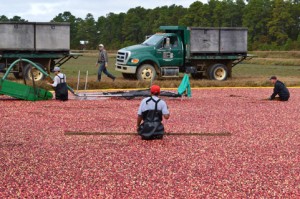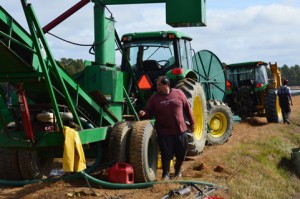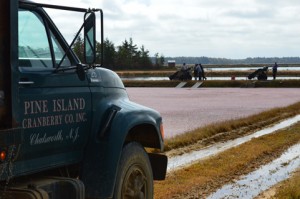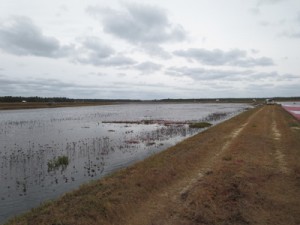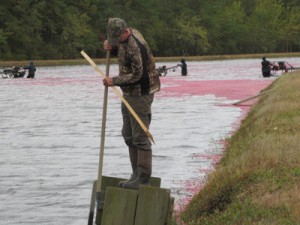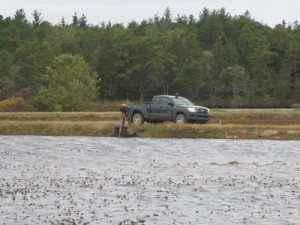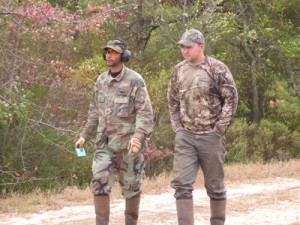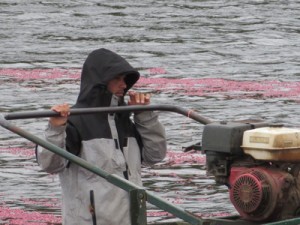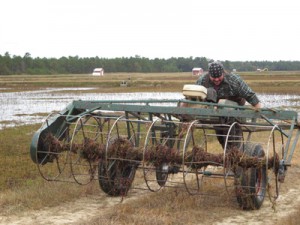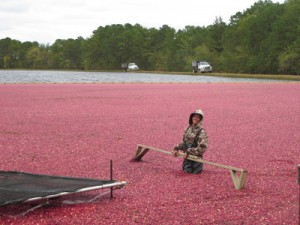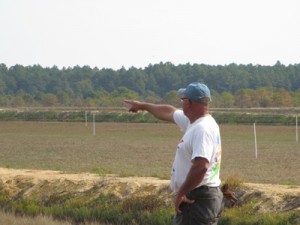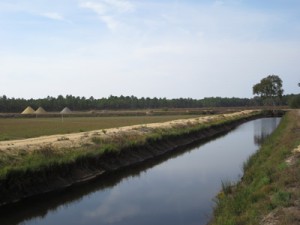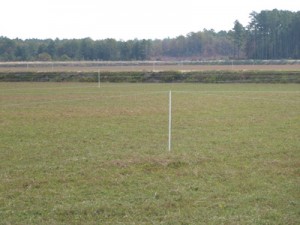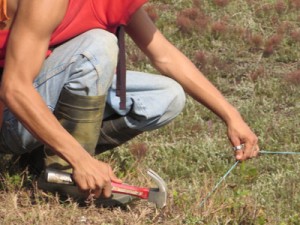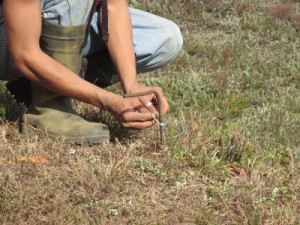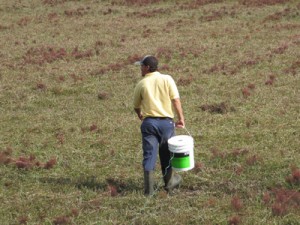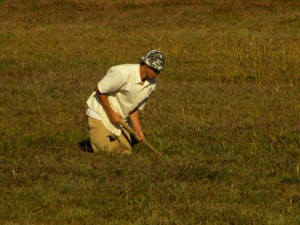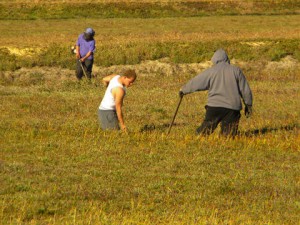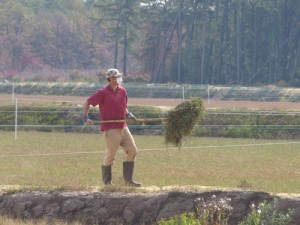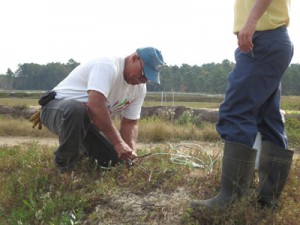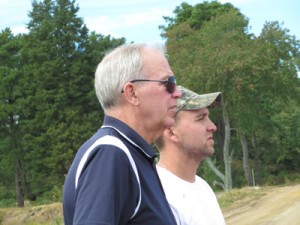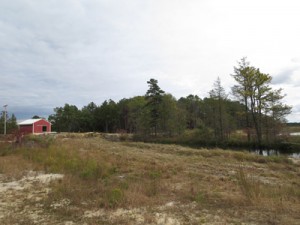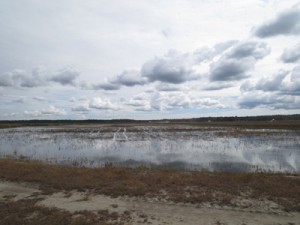The 2013 harvest is less than a month away, and our team has been working hard to get ready. While our goal is always to have all facilities and equipment ready when needed, it becomes even more essential as harvest time gets closer. Facilities and Equipment Manager Louis Cantafio and his team have been going nonstop all summer to prepare the harvest equipment.
“Right now we’re going over all of the trucks,” Louis says. “A lot of minor repairs, a few major repairs. Most of it, though is preventative. We’re doing a lot of welding on the tailgates and the dump bodies. They come off for harvest, but when they go back on after the season it’s better to have them in good shape. During the season we’re always running hard, and those trucks are in use all year.”
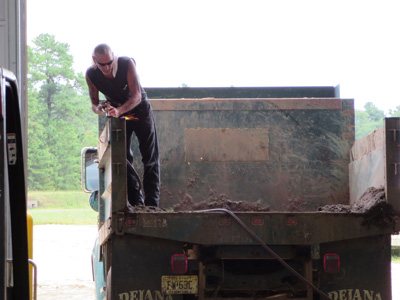
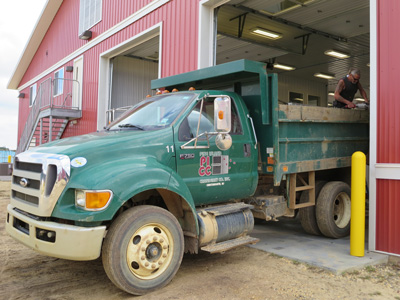
The team also finished work on the harvesters earlier this summer. “Those all got oil changes, new plugs, and anything else they needed for a standard tune-up. We already did a lot of work last year in terms of replacing parts, though we’re ordering parts in because things are going to break and we need to have them back up and running right away.”
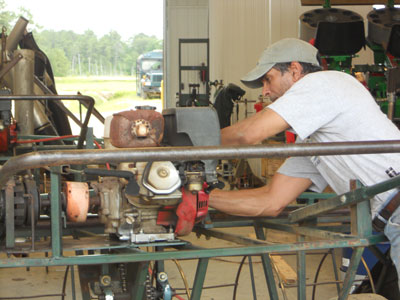
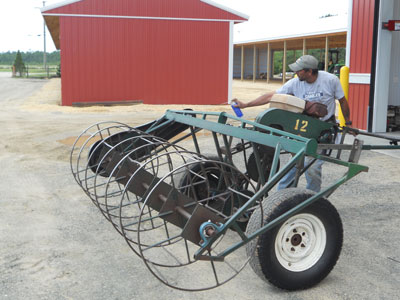
The equipment team helps with all the various harvest machinery, making modifications such as additional hooks for storage or an expanded hopper on the elevators. The boom is sent out for repair, and once it is all back, Kelvin Colon will be installing them on the boom reels.
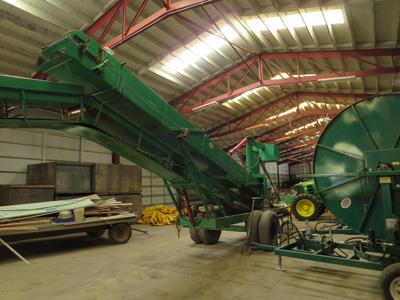
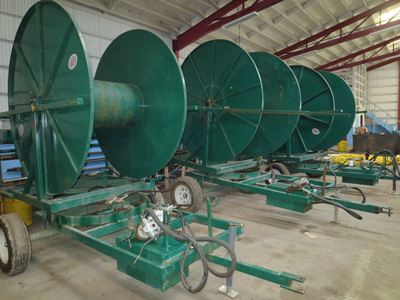
In addition, all the equipment that we rent is on its way. Mike Guest, our Facilities Supervisor, is also in charge of the packing house. His main task this week has been ordering the trailers we use for hauling to the Ocean Spray receiving station. “I modify those myself,” Mike says. “So I need to make sure that what we get works with my modifications. If I make sure what they have for us is compatible with what we need, it saves everyone time and effort.” Once the trailers are in, he’ll get them ready.
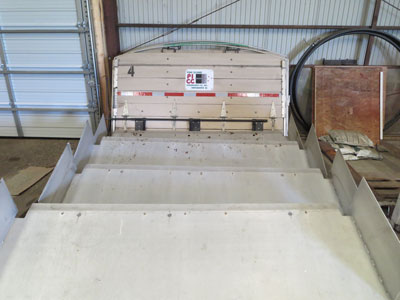
The biggest part of Mike’s job, and the one he takes the most pride in, is prepping the processing equipment. “The main thing is getting the blowers ready,” he says. “The belts come off after harvest in order to prevent wear. It makes them easier to clean, for one thing, and that way the sun doesn’t damage them. The black ones can take it, the white ones can’t, so it’s just easier to take them off.” As far as the permanent machinery, is concerned, he says, he checks every single screw. “That’s not an exaggeration: every single screw. All the nuts and bolts: no exceptions. If you want a comparison, this place is a big funnel, and the packing house is the hole in the bottom. If it gets plugged, everything else shuts down. If something holds up a crew, we still have two more running until the first gets back up again. But if something happens at the packing house, the whole thing gets backed up. I always say it, but it’s easier to maintain things than it is to fix them.” Along those lines, he also makes sure he has parts so if something does break, he has what he needs to get back online.
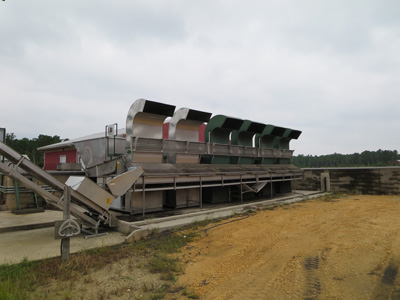
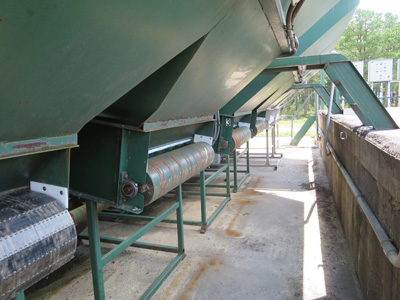
Mike also welcomes any ideas from his crew to improve the process. “They’re the ones who are on it every day; if they come to me and ask if we can try something like adding an extra walkway, I’ll always see if it’s doable.” He is also very pleased with the assistance of Emmanuel Colon. “If I have to go anywhere, I know the place is in good hands.”

Last but not least, our PIICM program is also getting ready for harvest, calculating our crop estimate! Every year around the last week of August or first week of September, our team takes a random sampling of each variety that we have on the bogs. In each bed, they pick twenty square feet. The samples are brought to the Rutgers Marucci experiment station, where the staff generously allow our team space to sort the berries into categories: healthy, scald, rot, and other. Once it’s weighed and recorded, our team uses that info in conjunction with how many acres we have of each variety to calculate our estimated harvest for the year!
